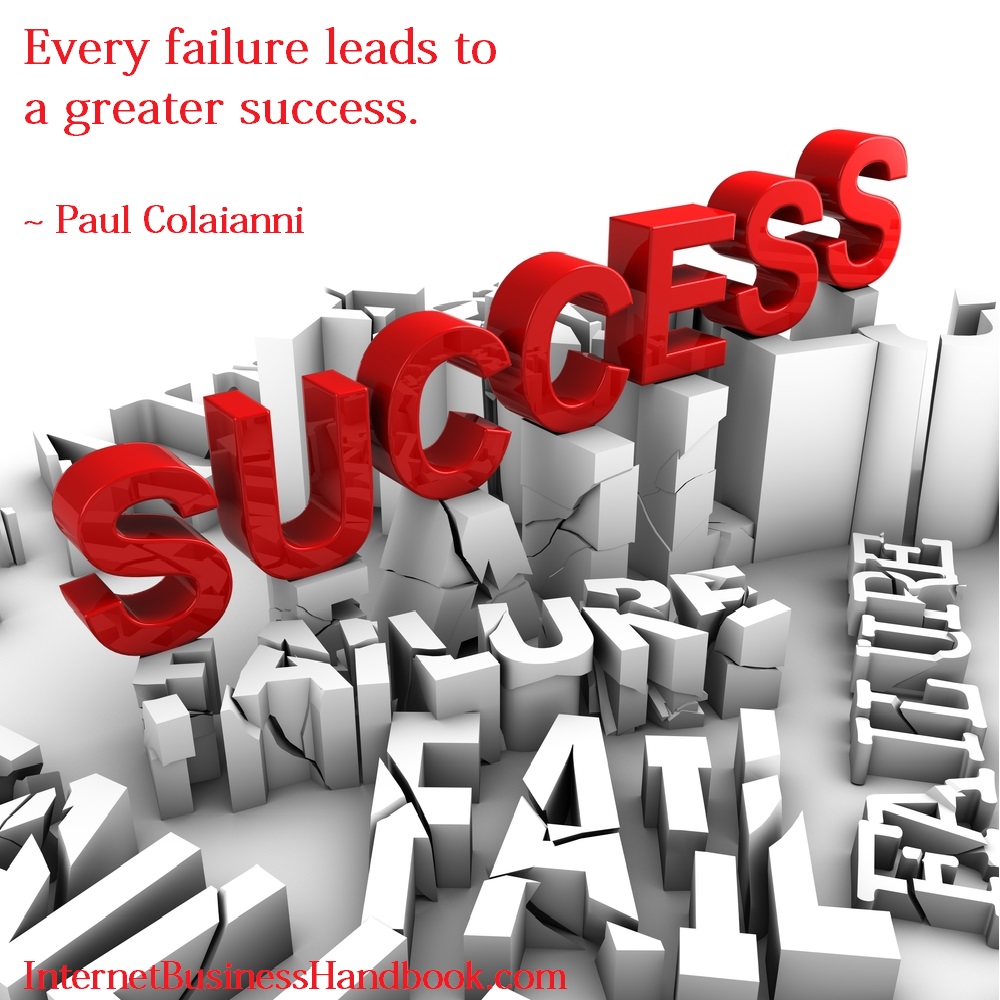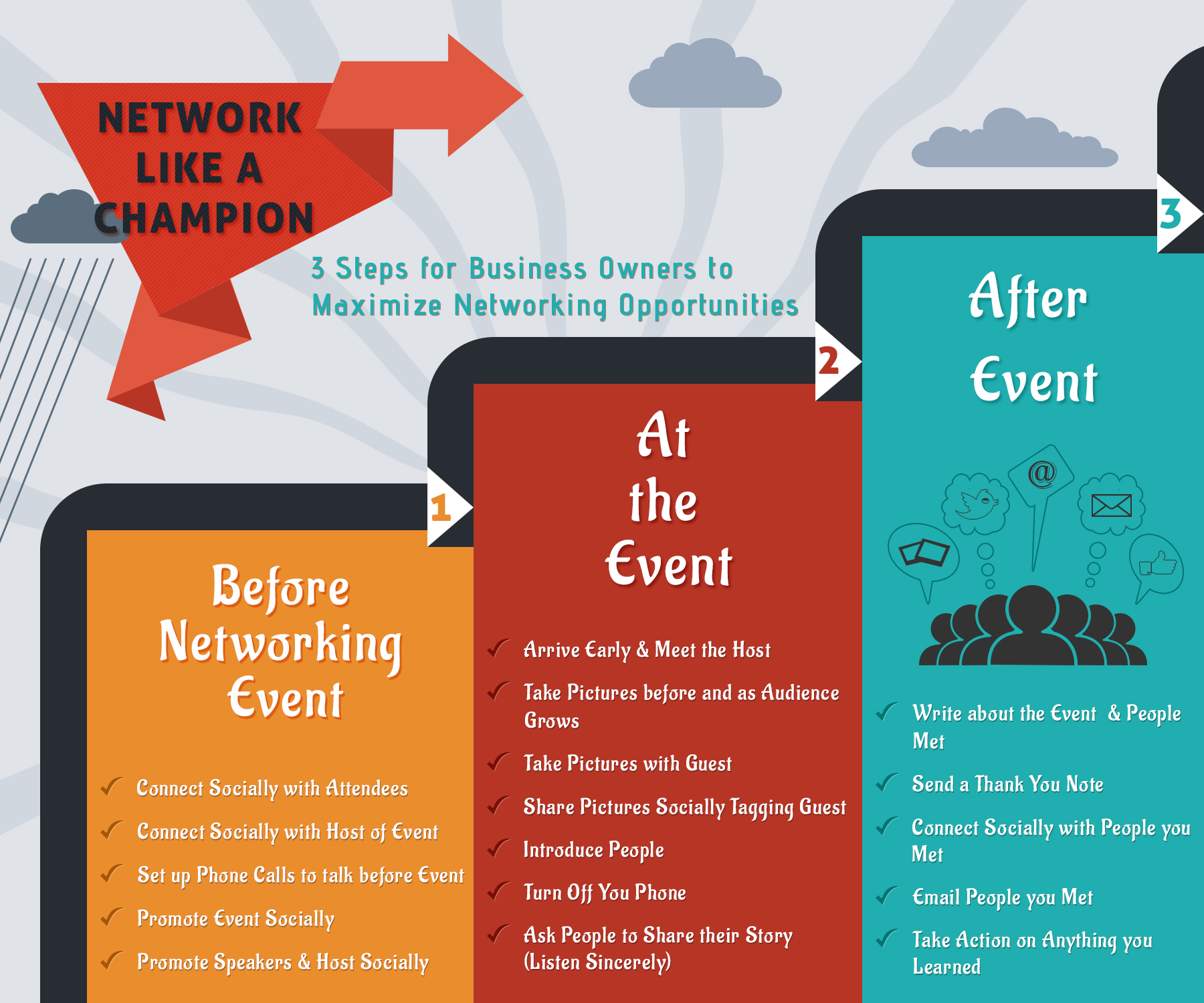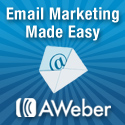I was thinking the other day about the difficulties we experience when we’re trying to start our own business, and one of those difficulties is building an audience from nothing.
As entrepreneurs, we approach roadblocks, experience detours and even hit dead ends. These things not only ensure we’re as strong as we can possibly be; they also ensure that our business is the best it can be.
Lucky for us, there are a lot of guides and resources available that can help us avoid some of these things, or that can help us move past them quicker than normal.
I hope this post serves as one of those resources for you when it comes to building an audience from nothing.
When you’re building an audience from nothing, a roadblock might represent defining your avatar: you can’t proceed without one.
When you’re building an audience from nothing, a detour might represent your journey to finding where your audience is and how you can reach them.
When you’re building an audience from nothing, a dead end might represent the realization that your content, products or services don’t solve the pain point your audience has.
I have some good news for you: just like when you’re driving in a car, there is always the opportunity to correct course – to see that roadblock up ahead and turn before you’re stuck for an hour; to know what those alternate routes are, or what signs to look for when you have to take a detour; to know how easy it is to make a u turn at the dead end and find your way again.
Here are some of the steps you can take today to start building your audience and avoid the roadblocks, detours and dead ends mentioned above.
Defining Your Avatar
Defining your avatar is what helps create the foundation for your audience to grow. If you are not talking to a very specific person with wants, desires and needs, then you run the risk of talking to no one.
Before you start trying to build your audience, be sure you know who that audience is made up of. Not generally speaking – be specific. It’s a person, they have a name, they are a certain age, and they have hobbies and interests.
Really define them.
Finding (and Reaching) Your Target Audience
In order to find (and reach) your target audience, you must have a niche.
Let’s say I’m going to start a blog for “people who want to lose weight”. There are millions upon millions of “people who want to lose weight”, right? Therefore, my blog will do very well. And because there are so many people in this category, it’ll be really easy to find them.
Wrong.
How do you find (and reach) “people who want to lose weight”? What makes finding and reaching these people so difficult is the fact that they could be a 16 year-old girl, a 45 year-old man, or a 80 year-old couple. And they could listen to the radio, not have Internet access, or never watch TV. Doesn’t sound like a very easy market to target, does it? That’s because you’re not talking to a specific person.
But what if your blog was still for people who want to lose weight, but it was focused on young women around age 30 who are pregnant (or who plan to be pregnant) and want to be sure they are staying healthy during their pregnancy and are able to lose the weight they gained during their pregnancy quickly and safely after they give birth?
Wow, suddenly it became a lot easier to find and reach my target audience! I can easily target these women by joining niche groups online that support pregnant women; or niche groups online that support female fitness for women in their 30’s.
You’re not going to be speaking to everyone in these groups. Of course there will be a certain percentage of women in the pregnant online community who don’t need help staying healthy during their pregnancy or with losing the weight afterwards. Likewise, not everyone in the fitness group for women in their 30’s is going to be pregnant.
That’s the point, though. You don’t want to talk to everyone – you want to talk to someone. You will resonate with people in those niche groups, and you will be talking directly to your target audience.
Another great way to reach your target audience is to find blogs or online resources that women in their 30’s who are pregnant frequent.
What about a “mommy blog”, or a website like Babies R Us? Guest posting opportunities or appearances on podcasts are also a great way to get your name out there and reach an audience who will resonate with your content, but who might not know about your business yet.
Creating Content, Products and Services for Your Audience
Creating the right type of content for your audience starts with knowing who your avatar is. What types of things does your avatar want to know about? What can you provide them with that will be of value to them that they can’t find anywhere else?
Creating the right type of content isn’t necessarily always something that is totally obvious just as soon as you define your avatar, though. What comes next is testing your content to see what it is your audience likes and what they don’t like.
A great way to test your content is to keep track of analytics, like page visits to one blog post vs. another, or social engagement when you post about a particular topic. Just be sure you’re setting your criteria prior to testing and analyzing your numbers.
An example of this might be if you’re testing content by the number of page visits to one blog post vs. another, then be sure the posts were published on the same day of the week, at the same time, and that you marketed them in the same ways (via Facebook, Twitter, etc.) This will eliminate any variables.
Creating the right products and services for your audience comes through surveys and simply listening to them. What are they asking you for? What is their biggest pain point?
Once you hear what they’re looking for and what their biggest pain point is, you need to determine what product or service you can create to fill that need, or to solve that pain for them.
An example might be something like this:
You write a blog post about the types of exercises you can do after giving birth to help get back into shape fast. Your readers love it, and they leave comments letting you know how helpful it was.
There are also a couple of comments from women who loved the content, but they also say they wish they had a visual, step-by-step card that they could carry around with them with the exercises on it that you talk about.
Ding, ding, ding! What are you waiting for? Go create that card and have it as a free, downloadable gift for those who sign up for your email list!
Okay, so you might be thinking to yourself right now, “Wait a minute – give it away for free?”
The best way to grow your library of products and services is to listen to what your audience wants and needs, and then give them something of value that will help them for free.
When you’re building an audience from nothing, you have to provide value first. When you do this, you will notice that your audience likes it when you help them. And what happens when your audience likes you? They keep coming back to you for more information. They start to view you as an authority in your niche. They start to like you… They even start to trust you.
Building all of these things: a loyal following, authority, an audience who feels like they know, like and trust you – this is when social proof and word of mouth start a snowball effect for you. Suddenly, you’re not stressed out about where and how you’re going to find your audience – you audience is actually going to start finding you.
It’s when you have a loyal following who knows, likes and trusts you that you can start offering them products and services that are so valuable to them that they’ll pay you for them.
As entrepreneurs, we approach roadblocks, experience detours and even hit dead ends. The steps I’ve laid out above are meant to help you grow your audience from nothing and hopefully avoid running into the roadblocks, detours and dead ends in the process.
This isn’t say it won’t be difficult: building an audience from nothing isn’t easy. If it were, everyone would do it.
This guest post was written by Kate Erickson, Content & Community Manager at Entrepreneur on Fire
Kate Erickson
Content Creator and Community Manager for EntrepreneurOnFire.








